Category: Uncategorized
-
40-Minute UX/UI thinking – Appointment booking dashboard
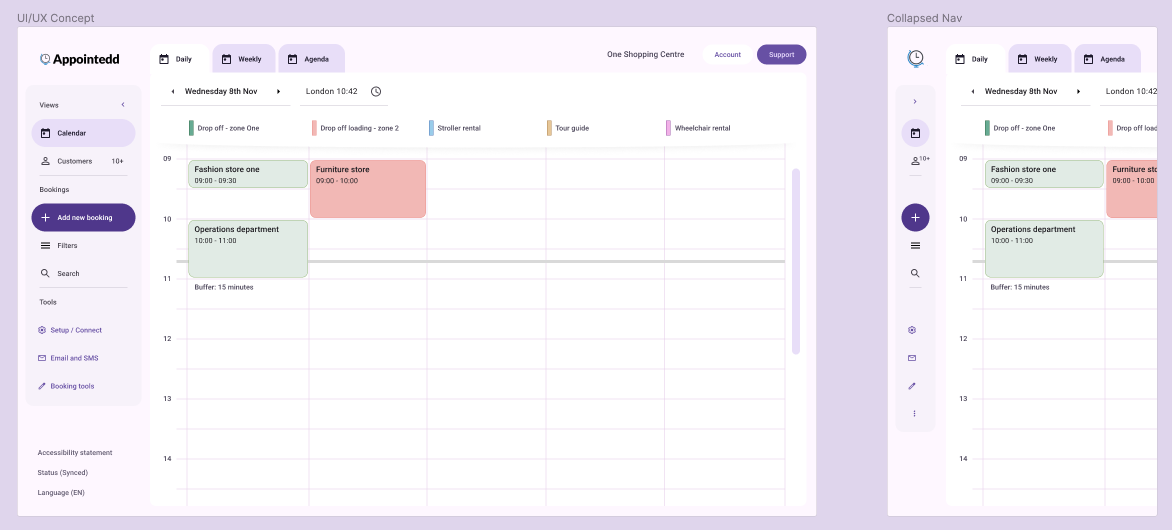
Simplifying Appointment Booking with Material Design and F-Pattern Principles: A 40-Minute UX/UI Case Study In today’s fast-paced world, convenience is king. People are constantly seeking ways to save time and effort, and this extends to mundane tasks like scheduling appointments. Online appointment dashboards have emerged as a popular solution, but not all dashboards are created… Read more
-
Building successful design systems with accessible patterns

Building successful design systems with accessible patterns Design systems are essential for creating consistent and scalable user interfaces. However, it is important to ensure that design systems are accessible to all users, including those with disabilities. By incorporating accessible patterns into your design system, you can create products that are usable by everyone. What are… Read more
-
User-Friendly Podcast Player – Challenge
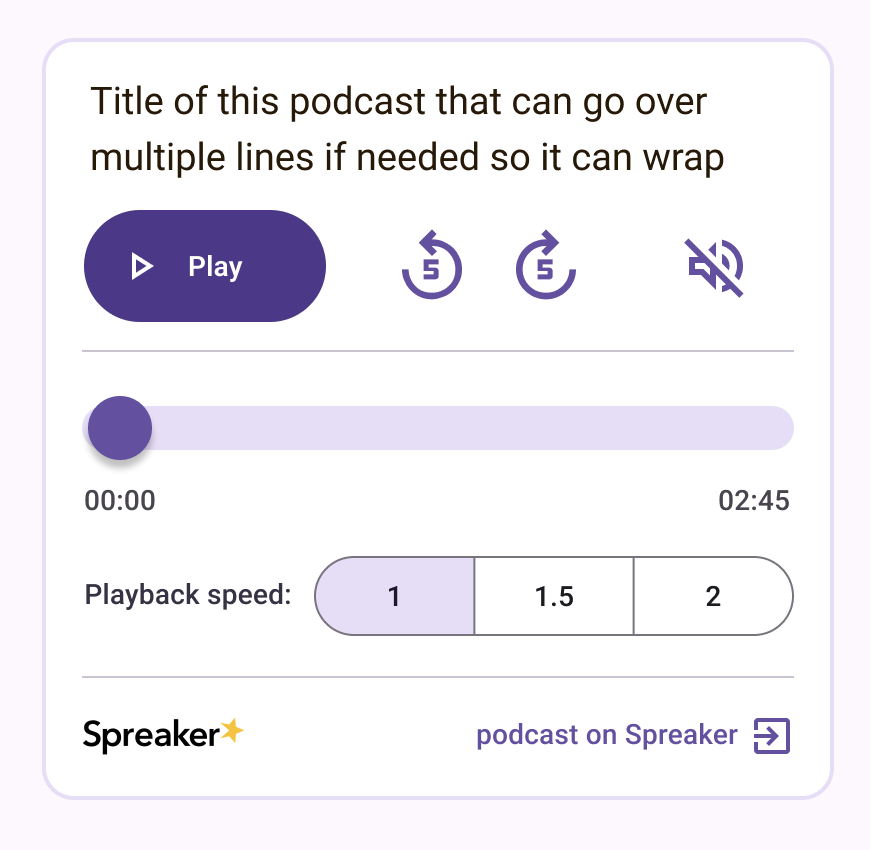
Designing an Accessible, Analytics-Driven, and User-Friendly Podcast Player In the age of digital audio, podcast players have become essential tools for listeners to consume their favorite shows. However, designing a podcast player that is accessible, analytics-driven, and user-friendly is a complex challenge that requires careful consideration of various factors. When picking a service like Spreaker… Read more
-
Embracing User-First Design
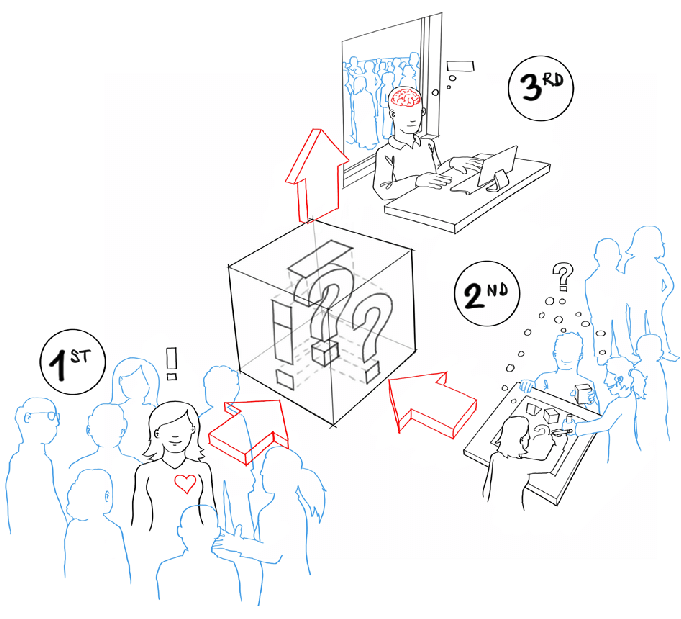
A Journey of Learning, Problem-Solving, and Growth In the realm of UX design, we often hear the phrase “user-first,” but what does it truly mean? It’s more than just incorporating user feedback or conducting user research; it’s about adopting a mindset that prioritizes the user at every stage of the design process. User-first design is… Read more
-
WCAG 2.2: What’s New and What Matters
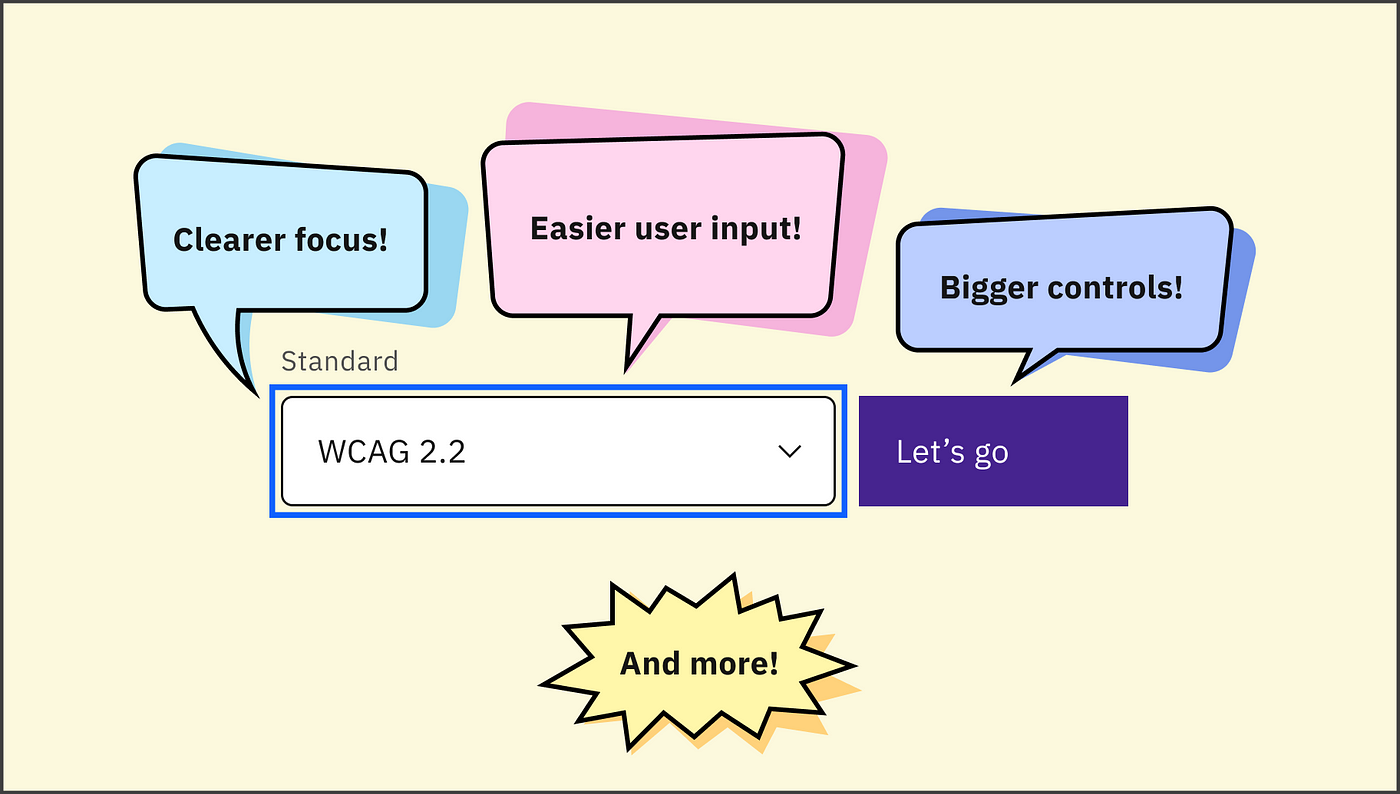
WCAG 2.2: What’s New and What Matters If you’re involved in web design or development, you’ve probably heard of WCAG (Web Content Accessibility Guidelines). These guidelines provide a set of standards for making web content accessible to people with disabilities. In June 2022, the World Wide Web Consortium (W3C) released an updated version of WCAG,… Read more
-
Purposeful Design Methodology – Why?

Purposeful Design: A Why-Driven Approach to Meaningful Experiences In the world of design, we often hear about form following function, but what if we took things a step further and asked “why” before we even start designing? This is the essence of Purposeful Design, a methodology that prioritizes intent, empathy, and emotion to create experiences… Read more
-
Too Many Firsts
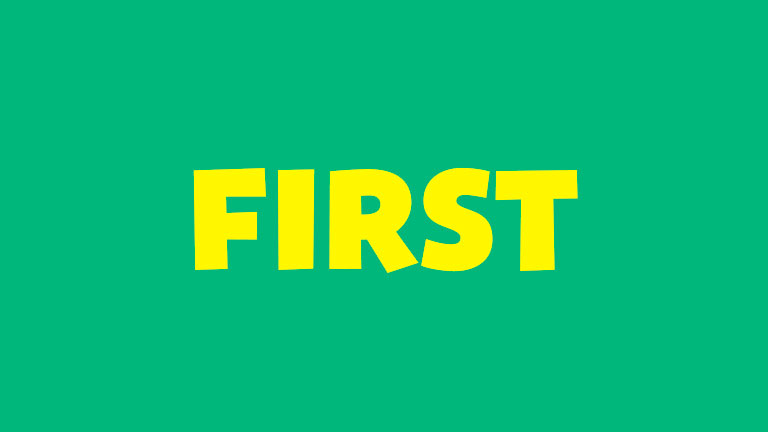
Putting the User First in a World of “Too Many Firsts” In the realm of UX design, we are constantly bombarded with buzzwords and methodologies, each vying for our attention and promising to revolutionize the way we create user experiences. Among these, we encounter phrases like “accessibility-first,” “responsive-first,” and “mobile-first,” all emphasizing the importance of… Read more
-
Locational UX: Designing for Location-Based Experiences
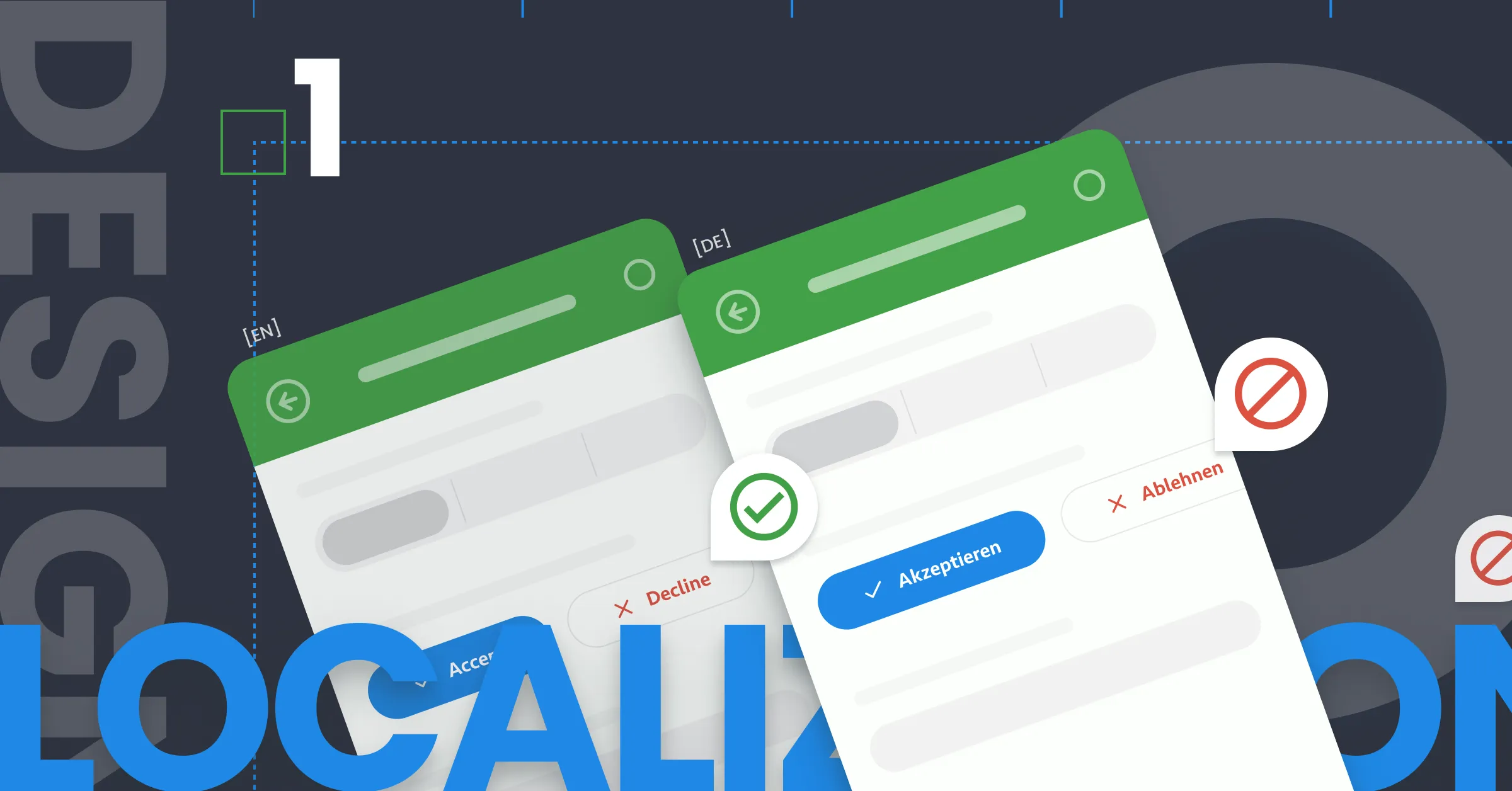
Locational UX: Designing for Location-Based Experiences In today’s mobile-first world, location-based experiences are becoming increasingly important. When users are on the go, they want to be able to access information and services that are relevant to their current location. This is where locational UX comes in. Locational UX is the design of user interfaces that… Read more
-
Transparency status

The Importance of Transparency in Platform Sites: Why a ‘Status’ Section is Essential In today’s digital age, platform sites have become indispensable tools for businesses of all sizes. These sites provide a centralized hub for users to access information, manage their accounts, and interact with the company. However, to truly deliver an exceptional customer experience,… Read more
-
UX Molecules Theory: Creating User-Friendly Interfaces with Reusable Components
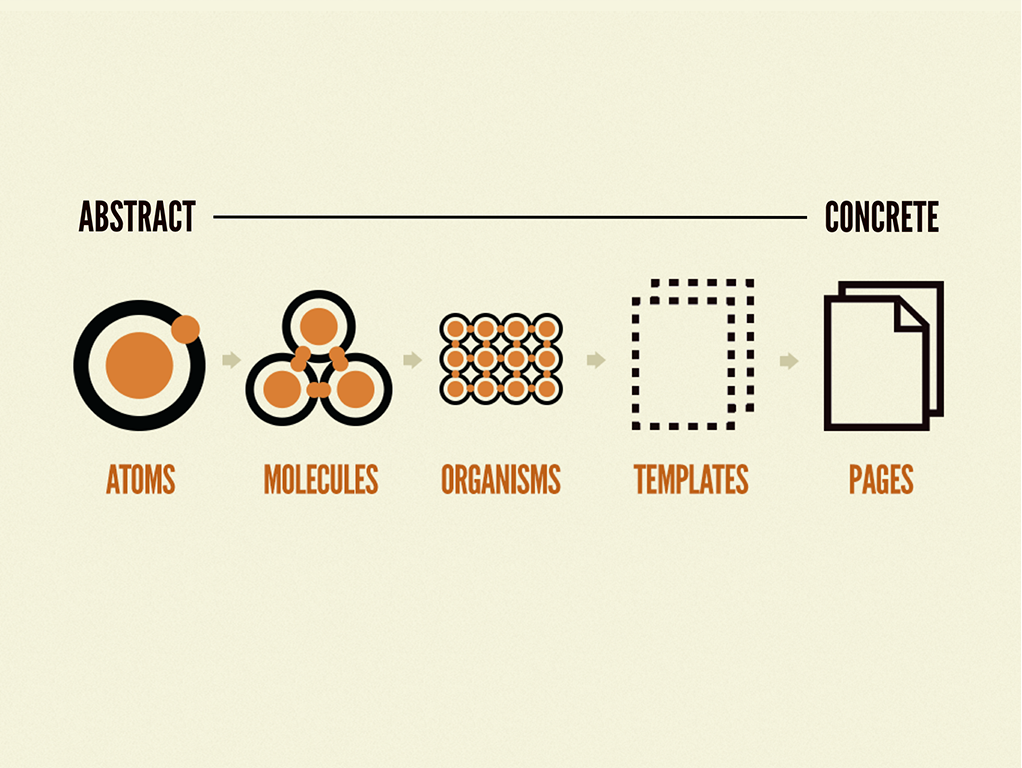
UX Molecules Theory: Creating User-Friendly Interfaces with Reusable Components In the world of UX design, we strive to create user-friendly interfaces that are easy to navigate, understand, and interact with. To achieve this goal, we often employ a design methodology known as Atomic Design. This approach breaks down complex interfaces into smaller, reusable components, making… Read more